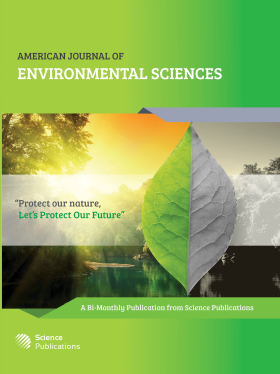Potential Photooxidation Pathways of Dicarboxylic Acids in Atmospheric Droplets
Abstract
Low molecular weight (LMW) dicarboxylic acids (DCAs) have received increasing attention because of their hygroscopic properties and capability of acting as cloud condensation nuclei (CCN). Based on the concentration profiles of intermediates identified during laboratory photooxidation of C7-C9 DCAs in a liquid-phase reaction system, chemometric analyses were conducted to examine the degradation pathways of DCAs for the formation of secondary DCAs. Among all secondary DCAs formed during the reaction, C4 and C5 DCAs showed the largest stoichiometric coefficients, indicating that sequential decarboxylation suggested in literature is unlikely the dominant pathway; other reaction routes e.g. preferential abstraction of hydrogen from carbon located at the central position of the DCA molecules by ·OH, followed by subsequent decomposition through the breakage of C-C bond, could play an important role.
DOI: https://doi.org/10.3844/ajessp.2008.462.466

- 5,211 Views
- 5,220 Downloads
- 26 Citations
Download
Keywords
- Dicarboxylic acid
- reaction pathway
- intermediates
- photooxidation
